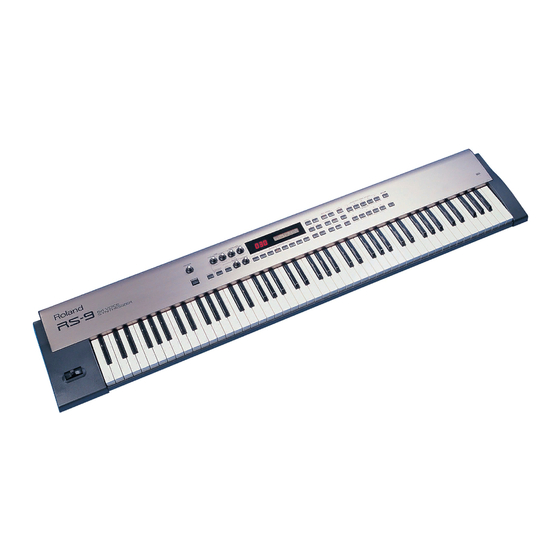
Roland RS-5 Synthesizer Manuals
Manuals and User Guides for Roland RS-5 Synthesizer. We have 4 Roland RS-5 Synthesizer manuals available for free PDF download: Owner's Manual, Service Notes
Roland RS-5 Owner's Manual (180 pages)
Voice Synthesizer
Brand: Roland
|
Category: Synthesizer
|
Size: 5.99 MB
Table of Contents
Advertisement
Roland RS-5 Owner's Manual (182 pages)
64 voice synthesizer
Brand: Roland
|
Category: Synthesizer
|
Size: 6.98 MB
Roland RS-5 Owner's Manual (181 pages)
64 voice synthesizer
Brand: Roland
|
Category: Synthesizer
|
Size: 10.84 MB
Advertisement
Roland RS-5 Service Notes (27 pages)
64 Voice Synthesizer
Brand: Roland
|
Category: Synthesizer
|
Size: 3.95 MB



